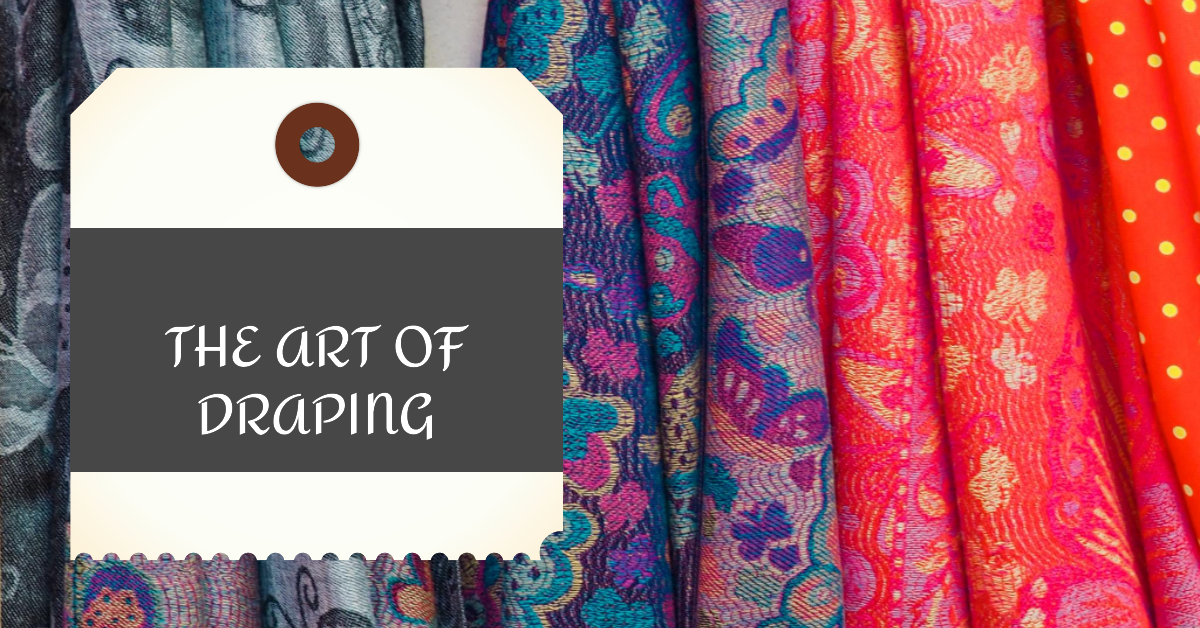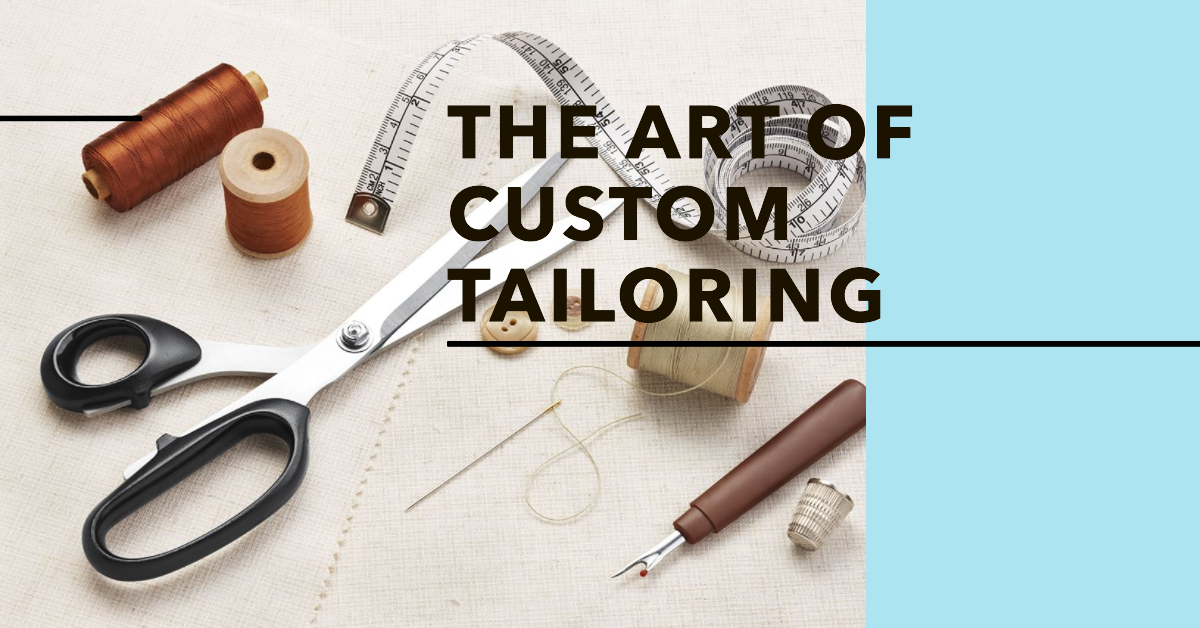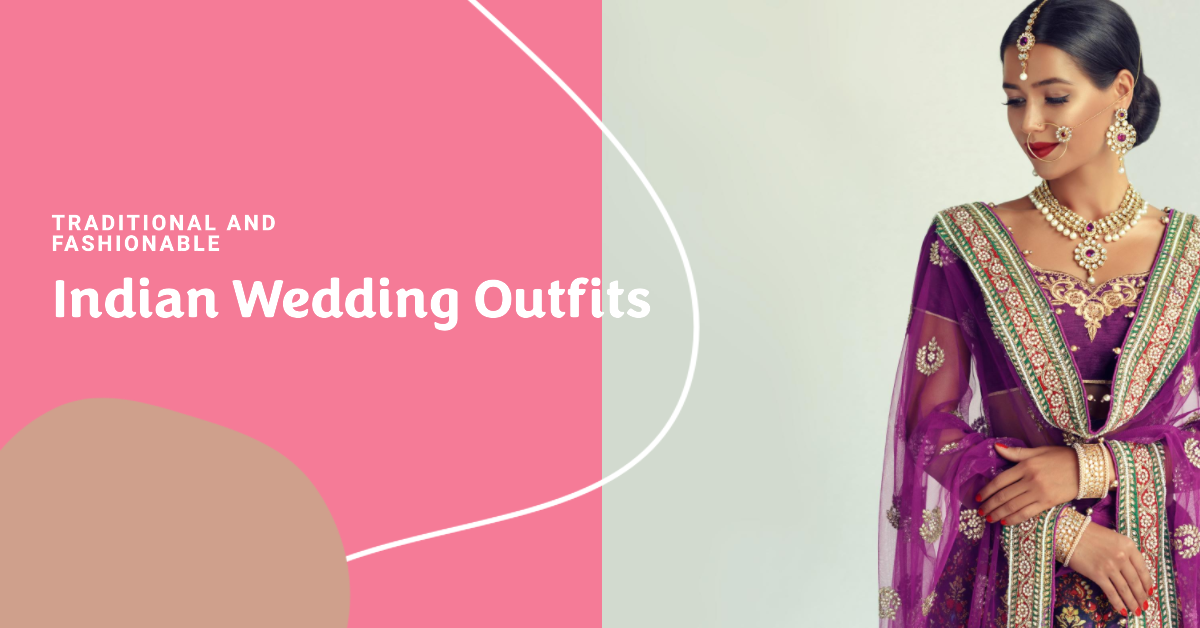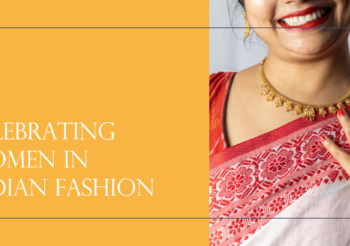The Art of Draping: Exploring the Elegance of Different Saree Styles
The saree, an epitome of grace and elegance, has been an integral part of Indian culture for centuries. It’s not just a piece of fabric; it’s a canvas on which the art of draping unfolds. The way a saree is draped can transform a simple outfit into a statement of style and tradition. Join us as we delve into the captivating world of saree draping, exploring the diverse styles that grace this iconic garment.
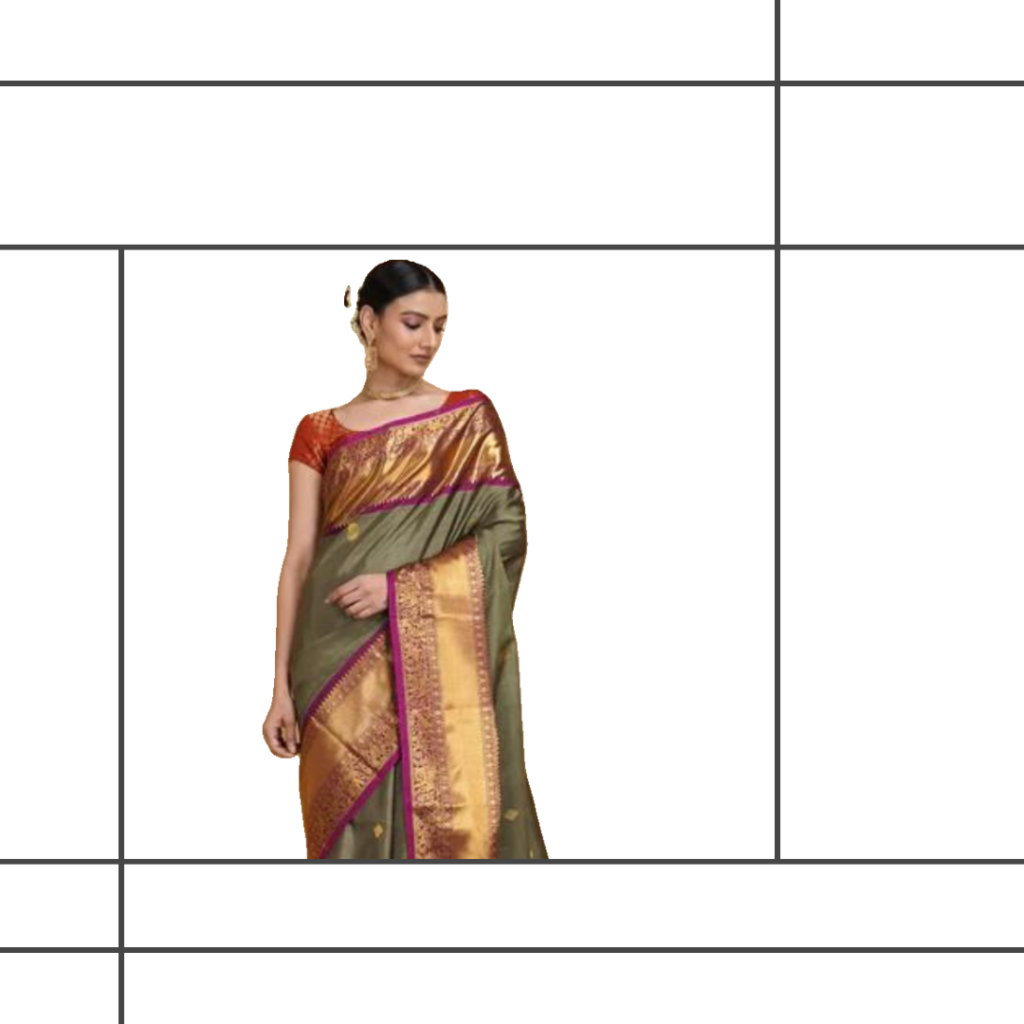
The Classic Nivi Drape
The Nivi drape is perhaps the most common and recognizable style of saree draping. Originating from Andhra Pradesh, this style involves pleating the saree at the waist, allowing the pallu (the loose end) to fall gracefully over the shoulder. It’s a versatile style that suits women of all body types and is often chosen for its simplicity and elegance.
The Regal Bengali Drape
The Bengali drape is known for its distinct, artistic touch. Hailing from West Bengal, this style involves draping the pallu from back to front over the left shoulder. The pallu is then beautifully pleated and pinned on the left shoulder. This style showcases intricate designs on the pallu and offers a royal appearance that’s perfect for weddings and festive occasions
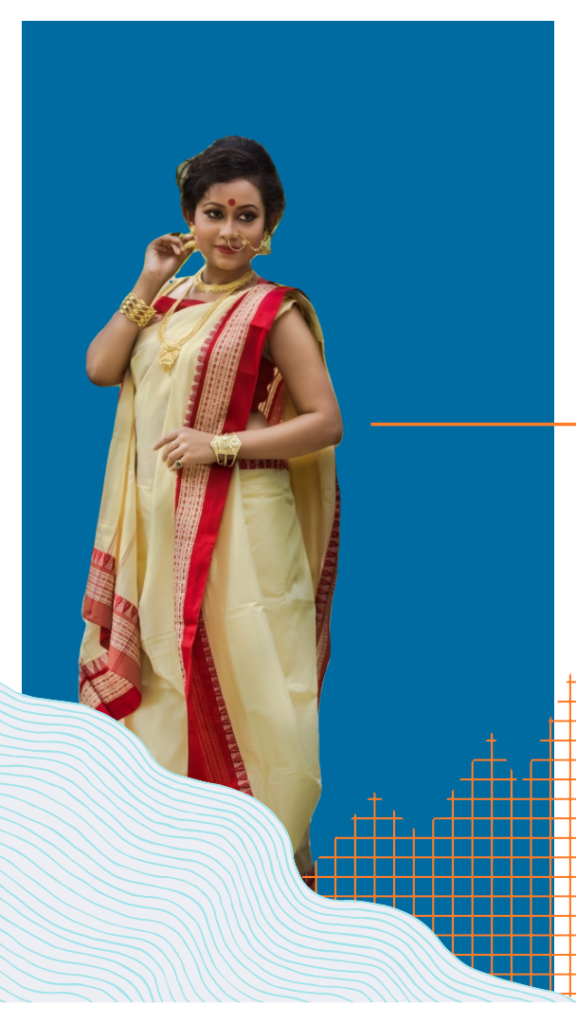
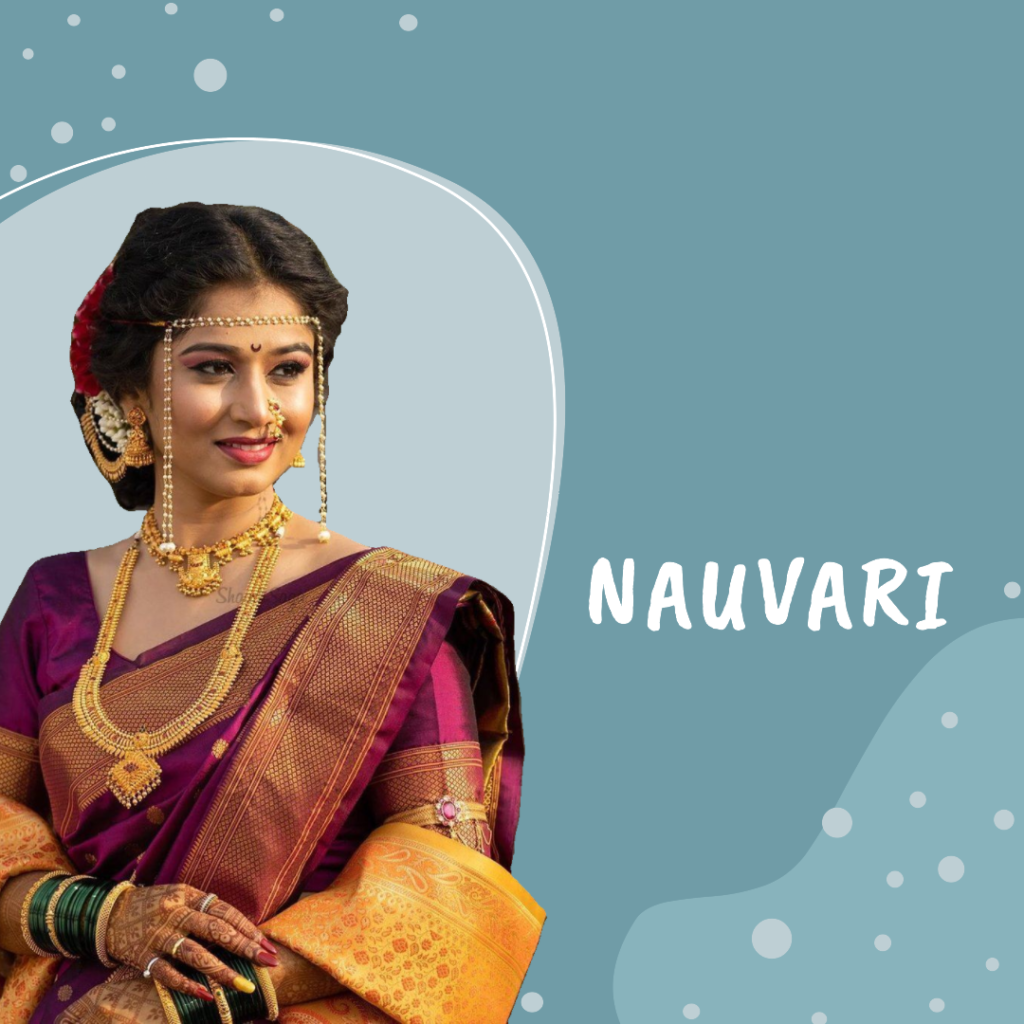
The Traditional Maharashtrian Nauvari
The Maharashtrian Nauvari saree is a nine-yard wonder that exudes tradition and vibrancy. Traditionally worn by Marathi women, this saree style involves draping the saree in a way that resembles a dhoti, with the pallu draped from the back and then brought forward over the right shoulder. This style allows for ease of movement and reflects the cultural heritage of Maharashtra
The Graceful Gujarati Drape
The Gujarati saree drape is a testament to the ingenuity of Indian fashion. Originating from Gujarat, this style involves pleating the saree in the front, tucking it into the petticoat, and then draping the pallu across the front, right shoulder, and back. The pallu is often generously pleated and intricately adorned, making it a stunning choice for festive occasions.
The Modern and Trendy Butterfly Drape
In the world of fashion, evolution is inevitable. The butterfly drape is a modern and stylish interpretation of the traditional saree. The pleats are positioned in a way that resembles butterfly wings, and the pallu is draped over both shoulders, creating a chic and contemporary look that’s perfect for cocktail parties and modern events.
The Alluring North-Eastern Drapes
While the classic styles dominate the fashion scene, the North-Eastern states of India offer a fascinating twist to saree draping. The Mekhela Chador from Assam is a two-piece ensemble that includes a wrap-around skirt and a draped chador or stole. The skirt is worn with pleats at the front, while the chador is elegantly draped over the shoulders. This style is not only comfortable but also showcases the unique cultural identity of the region.
The Sensational Lehenga Saree Fusion
Innovation knows no bounds when it comes to fashion, and the lehenga saree fusion is a prime example of this. This style blends the grace of a saree with the glamour of a lehenga, making it a popular choice for weddings and festive occasions. The pleats are pre-stitched, and the pallu is draped with a twist, creating a seamless blend of the two iconic Indian garments.
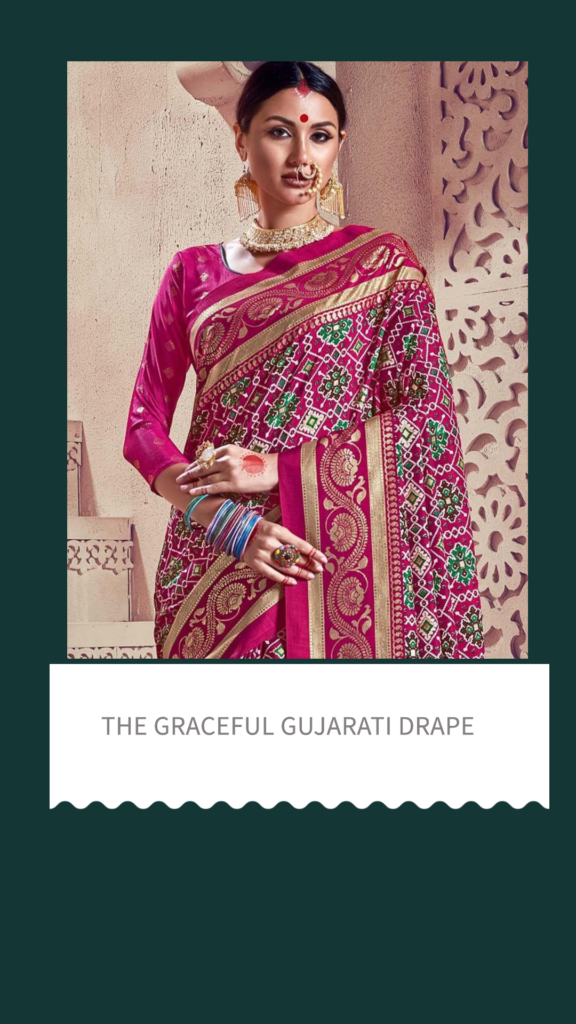
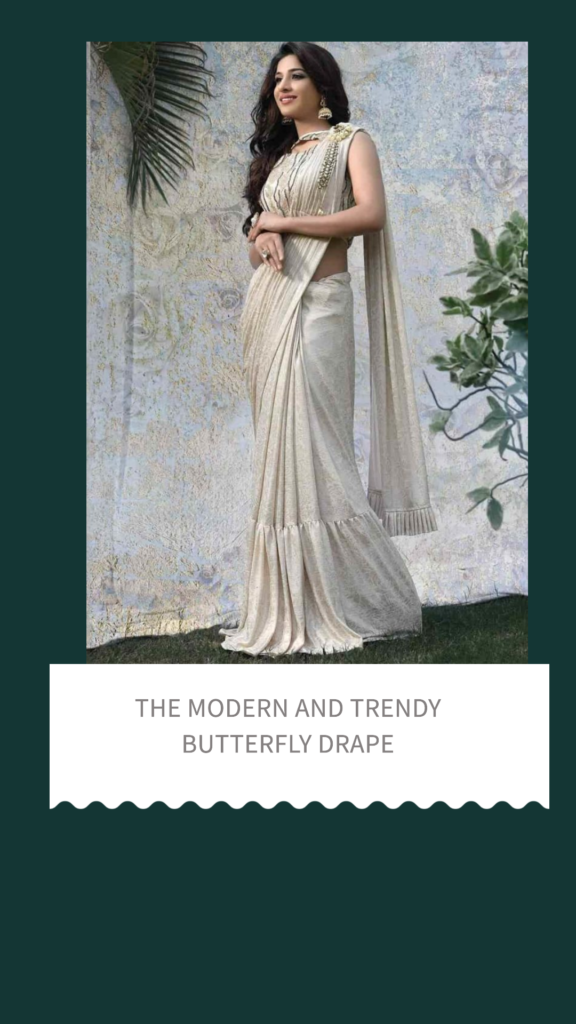
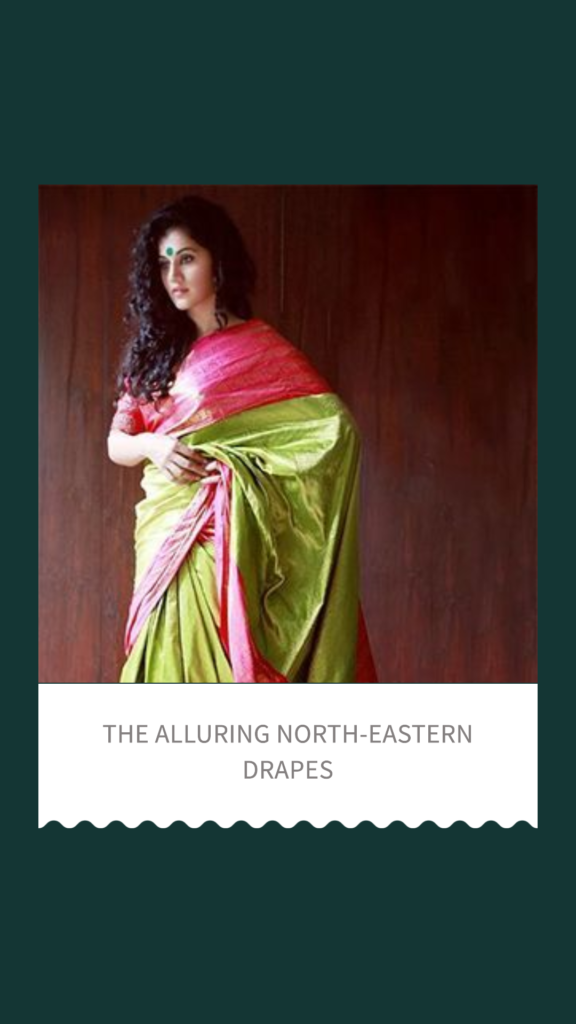
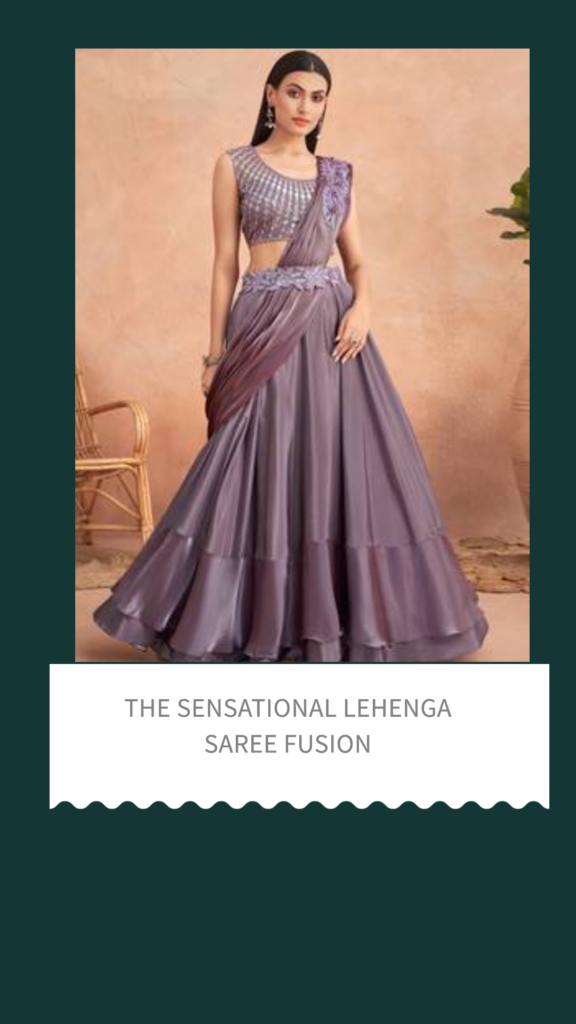
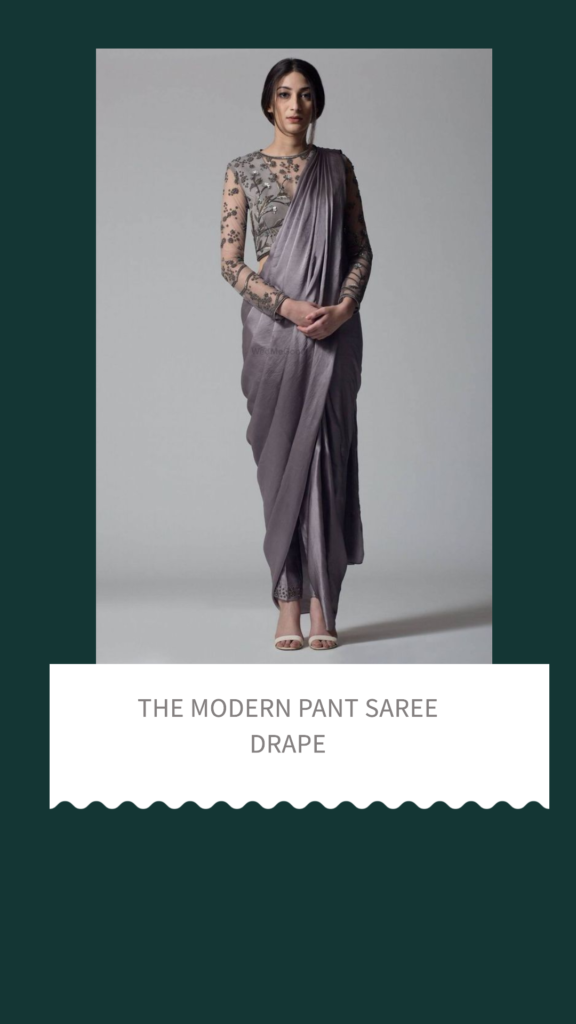
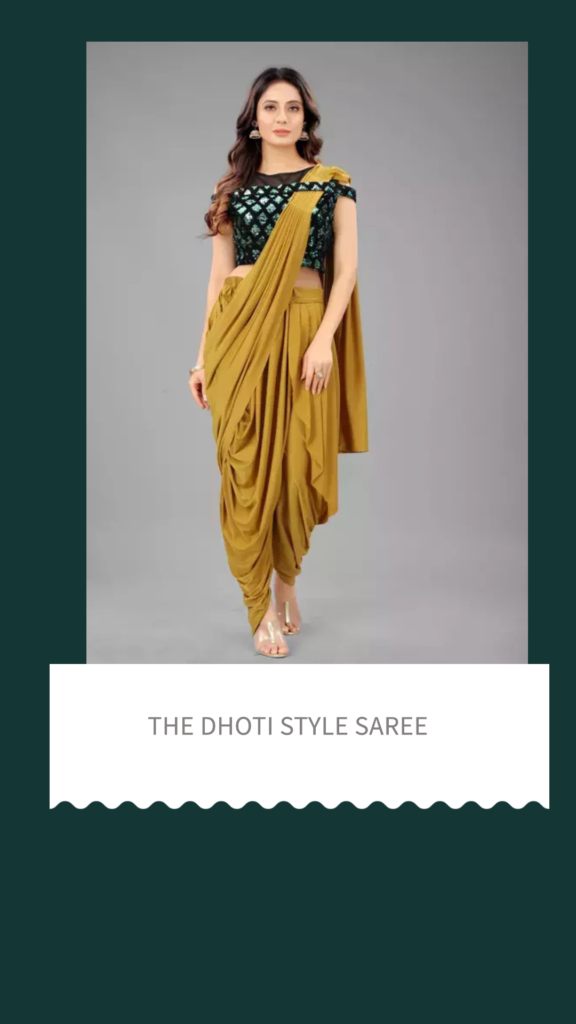
The Modern Pant Saree Drape
For those who seek a contemporary twist to the traditional saree, the pant saree drape is a breath of fresh air. This style involves draping the saree over pants instead of a petticoat. The pallu can be draped in various creative ways to achieve a stylish and modern look. It’s a perfect choice for women who want to embrace tradition without compromising on comfort and trendiness.
Draping for Men: The Dhoti Style Saree
Saree draping isn’t limited to women alone. The dhoti style saree is a trend that challenges gender norms and creates a stunning androgynous look. With this style, the saree is draped like a dhoti, and the pallu is styled similarly to the traditional Nivi drape. It’s a fashion-forward choice that showcases the evolving perceptions of gender and fashion.
The art of saree draping is a celebration of diversity, creativity, and tradition. It’s a testament to India’s rich cultural heritage and its ability to adapt to changing times. From the classic Nivi drape to the experimental pant saree, each style tells a story and offers a glimpse into the world of Indian fashion. So, whether you’re attending a wedding, a festival, or just embracing your cultural roots, remember that the way you drape your saree is a reflection of your individuality and the beauty of Indian craftsmanship.
